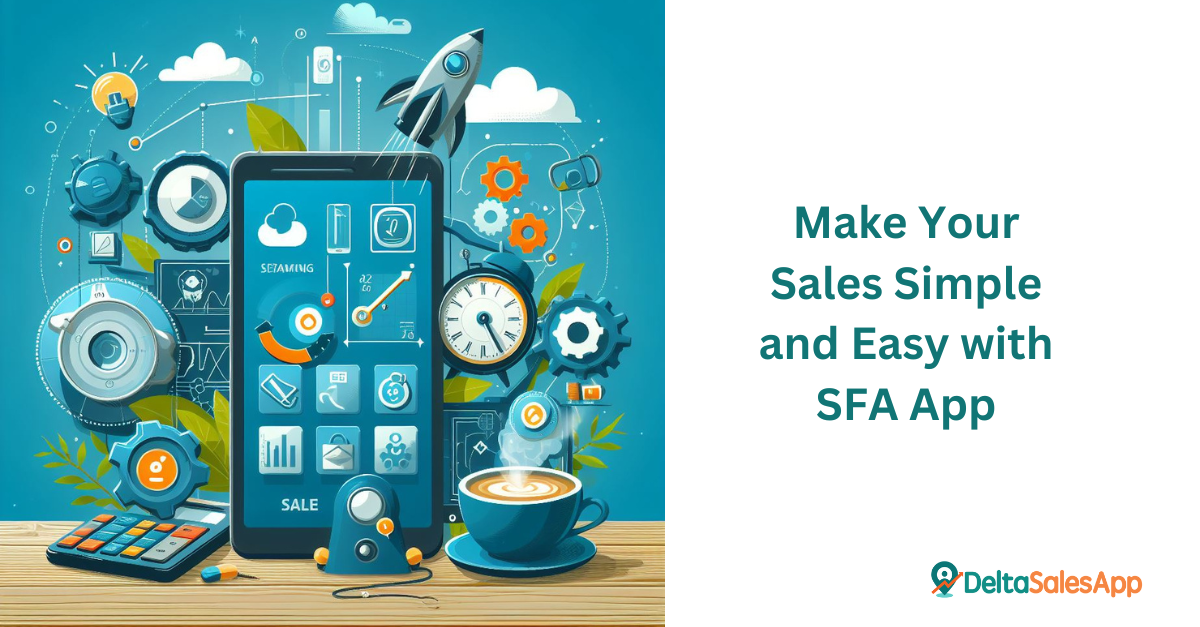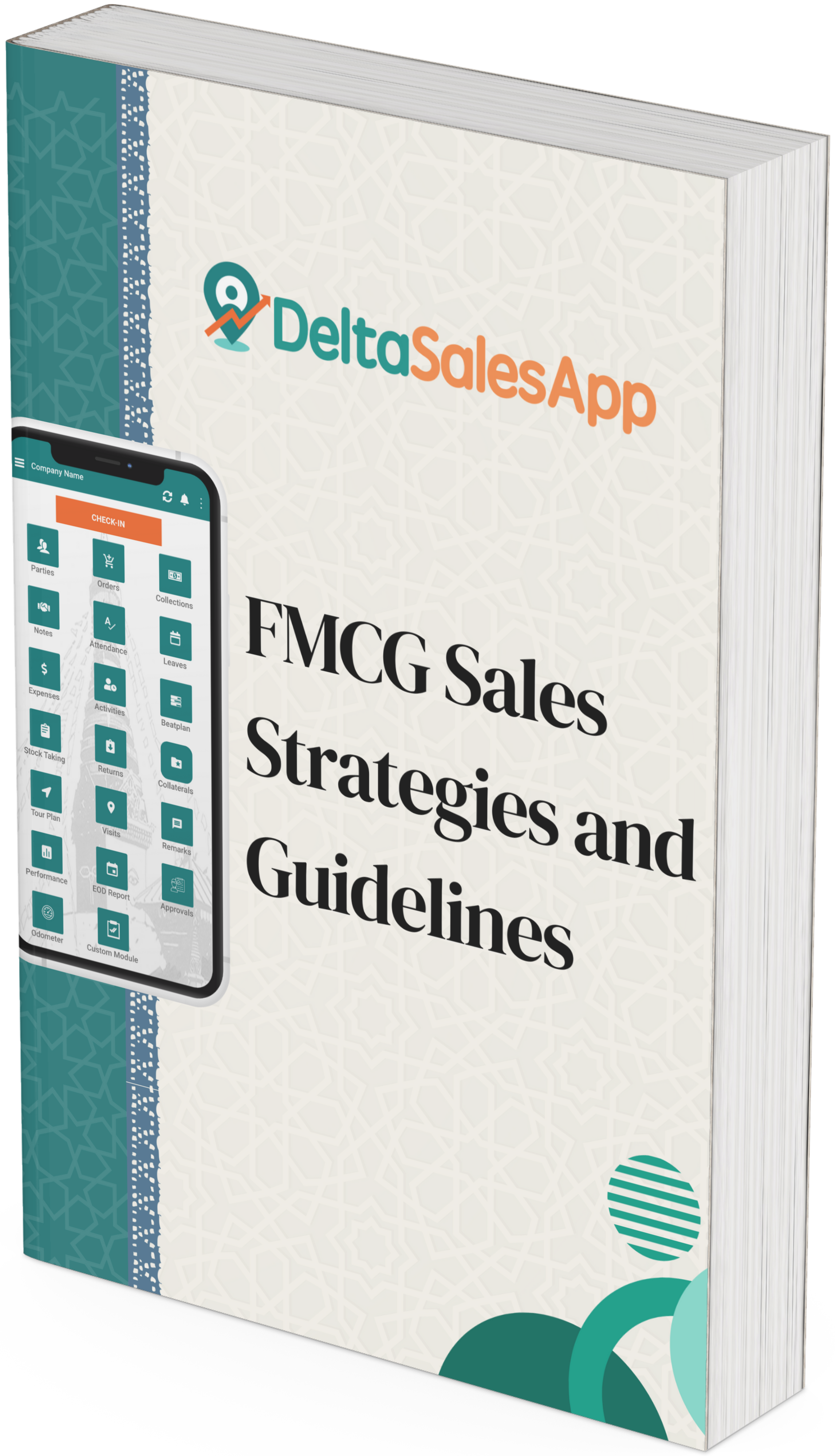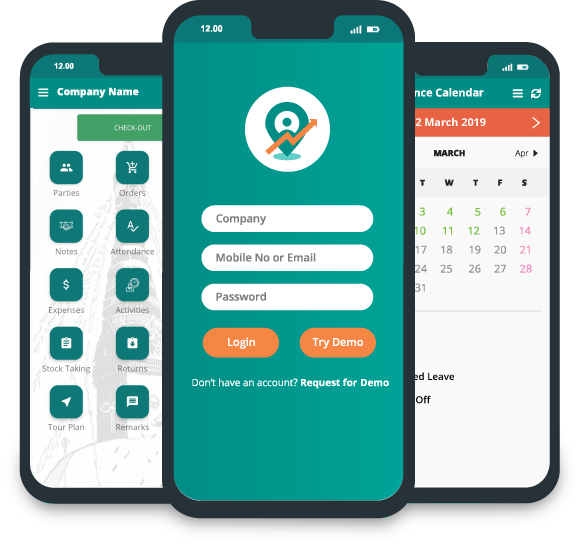Make Your Sales Simple and Easy with SFA Apps

Picture this: It’s 9 AM on a Monday, and Sam, a sales manager, is sitting at his desk. His coffee cup is full, but his mind is a little scattered. He’s reviewing the sales pipeline—follow-ups, meetings, reports, leads—all scattered across spreadsheets, emails, and sticky notes. Despite his team’s hard work, things aren’t as streamlined as they should be. There’s a constant feeling of being one step behind, always struggling to get the right data at the right time. The sales process is sluggish, and efficiency is nowhere to be found.
Sam has one tool at his disposal that could change everything, but he hasn’t yet taken the leap. It’s time to meet the field sales software of the modern sales world: Sales Force Automation (SFA) Apps.
Chapter 1: Birth of the SFA App
Sales teams have always been the backbone of any business. From the dawn of commerce, the art of selling was key to growth, survival, and success. But somewhere along the line, the traditional ways of managing sales teams started to fall short. The spreadsheets, the endless meetings, the endless emails—they were all necessary, but they weren’t efficient.
Then, in the 1990s, the seeds of Sales Force Automation (SFA) were planted. Technology began evolving at a rapid pace, and companies realized that automation could significantly improve the way they handled sales processes. But what did it really mean for a sales manager to automate their workforce?
The answer was surprisingly simple: SFA App.
An SFA app is a tool that automates various aspects of the sales process, from tracking leads and managing customer relationships to forecasting revenue and measuring performance. These apps quickly became a game-changer. They brought the power of data into the hands of the sales team, enabling them to streamline their work, communicate more efficiently, and ultimately close more deals.
Chapter 2: Primary and Secondary Sales – A Crucial Distinction
Before Sam dives into exploring the SFA app, it’s important to understand the difference between primary and secondary sales, as these are critical concepts in the sales ecosystem.
Primary Sales: The First Step to Market
Primary sales refer to the sales made directly by manufacturers or suppliers to wholesalers, distributors, or retailers. In essence, it's the initial point where a product is sold from the maker to a middleman or store. The volume of primary sales gives an important indication of a product’s movement through the distribution channel and signals whether the product is in demand or not.
For businesses, tracking primary sales is crucial because it helps managers understand how well their products are penetrating the market. If primary sales are low, it might indicate issues in distribution, product demand, or pricing strategy. By automating the tracking of primary sales through an SFA app, companies can gain better insights into their supply chain and distribution networks, making it easier to pinpoint where things are working or need adjustment.
Secondary Sales: The Movement to End Customers
Secondary sales, on the other hand, represent the sales from wholesalers or retailers to end customers. While primary sales focus on the movement of products to retailers, secondary sales track how those products are being sold to the final buyer. The efficiency of secondary sales plays a huge role in determining the success of a product in the market, as they directly reflect consumer demand.
For Sam, tracking secondary sales is just as important as monitoring primary sales. These sales help him gauge the success of his marketing efforts, track customer satisfaction, and fine-tune the overall sales strategy. With a robust SFA app, sales teams can seamlessly track secondary sales data, which can then be used for improving customer outreach and sales tactics.
Chapter 3: Enter Sam’s Dilemma
Sam, the sales manager from our earlier story, is starting to feel the weight of inefficiency. He’s been in sales long enough to know that in order to succeed, you need to make decisions based on real-time data. But there’s a problem: Sam’s team is using outdated methods to track leads and monitor sales. His CRM (Customer Relationship Management) system is clunky, reporting tools are limited, and his team often struggles to connect with customers at the right moment.
Without automation, salespeople often end up spending more time on administrative tasks than selling. And with every day that goes by, they lose opportunities to close more deals.
But then, Sam remembers a conversation he had with a colleague who recently switched to using an SFA app. “It’s night and day,” his colleague had said. “Everything is automated—lead generation, follow-ups, meeting schedules. I’m spending more time building relationships and less time on manual tasks.”
It’s at that moment Sam realizes he’s been holding on to outdated practices for far too long. The time has come to explore SFA apps for his sales team. But the question remains: which app will he choose?
Chapter 4: Decoding the SFA App – How It Works?
Before Sam dives in, let’s take a closer look at how these SFA apps actually work and why they’re so effective.
- Lead Management: At the heart of every SFA app is its ability to track leads. Gone are the days of scribbling down potential leads on paper or entering them into clunky spreadsheets. With an SFA app, sales teams can automatically capture leads from various sources—websites, social media, emails, and even events. The app organizes these leads in a centralized database, making it easy to prioritize follow-ups and move them through the sales funnel efficiently.
- Task and Activity Automation: One of the most significant benefits of SFA apps is their ability to automate routine tasks. Whether it's scheduling follow-up emails, setting reminders for meetings, or triggering notifications when it's time to reach out to a prospect, automation frees up valuable time for salespeople to focus on what they do best—selling. For managers like Sam, this means their teams can work more efficiently, reducing the risk of human error.
- Sales Forecasting and Analytics: Predicting future sales is often a guessing game. But with an SFA app, sales forecasting becomes a data-driven process. By analyzing historical data, customer behavior, and sales trends, the app can provide accurate forecasts that help managers make informed decisions. This also allows Sam to quickly identify which deals are most likely to close and allocate resources accordingly.
- Mobile Access: In today’s fast-paced world, salespeople are rarely sitting at their desks. They’re on the go, meeting with clients, attending events, or traveling between appointments. SFA apps are designed to be mobile-friendly, allowing sales teams to access vital information on their smartphones or tablets. Whether it's updating lead details or checking in on sales progress, the ability to access data in real-time from anywhere can be a game-changer.
Chapter 5: The Turning Point – Sam’s First Day with the SFA App
Armed with a new SFA app, Sam is ready to transform his sales team’s performance. He logs into the system for the first time and is immediately impressed by how intuitive the platform is. After a brief onboarding session, he realizes that his salespeople will need very little training to get up to speed.
As the app starts to pull in leads from various channels, Sam notices something exciting: real-time data. The app automatically prioritizes leads based on engagement levels, giving his team a clear action plan. Instead of spending hours manually tracking leads, Sam’s salespeople are now focusing on quality interactions with prospects.
By lunchtime, Sam’s phone is buzzing with notifications from his team, all excited about the app’s capabilities. Sales reps are thrilled to see their meetings automatically scheduled, follow-up reminders set, and performance data available with just a few clicks. It's like having a personal assistant for every member of the sales team.
Chapter 6: The Results – A Transformed Sales Team
A month into using the SFA app, Sam starts to see tangible results. Sales productivity has skyrocketed. What used to take hours is now done in minutes. The team is more organized, better equipped to manage customer relationships, and more proactive in identifying opportunities.
Here’s what Sam noticed:
- Faster Response Times: With lead management automation, salespeople are now responding to leads in real time. The app automatically triggers follow-ups based on customer behavior, ensuring no opportunity slips through the cracks.
- Improved Customer Engagement: Thanks to detailed customer profiles, the team is able to engage customers in a more personalized way. They understand their clients' needs better and can offer solutions tailored to their preferences.
- Data-Driven Decisions: With accurate sales forecasting and performance metrics, Sam can make informed decisions about the direction of his sales strategy. The days of gut-feeling decisions are gone—now, everything is backed by data.
- Increased Sales: The bottom line is always the most critical factor, and Sam is thrilled to see a noticeable increase in closed deals. The app’s automation has eliminated administrative headaches, allowing the team to focus on the most important part of the job: selling.
Chapter 7: Beyond the Surface – The Future of SFA Apps
As Sam’s team continues to flourish, he begins to think about the future. He realizes that SFA apps aren’t just about improving sales performance today—they’re also about positioning the team for success in the future. With advancements like artificial intelligence (AI) and machine learning (ML) integrated into many modern SFA apps, the next frontier is even more exciting.
Imagine an app that not only automates sales tasks but also predicts which prospects are most likely to convert based on their behavior. AI-powered recommendations could suggest the best time to contact a lead, or even generate custom sales scripts based on customer interactions. The future is rich with possibilities, and Sam is eager to explore them.
Chapter 8: Conclusion – A Lesson Learned
As Sam reflects on his journey, he realizes that adopting an SFA app was one of the best decisions he ever made for his team. What started as a quest to improve efficiency turned into a complete transformation of how his team works. The SFA app didn’t just automate processes—it revolutionized the entire sales approach, making everything faster, smarter, and more connected.
In the end, Sam learned an invaluable lesson: In today’s fast-paced business environment, automation isn’t just a luxury—it’s a necessity. App for sales teams looking to stay competitive, the SFA app isn’t just a tool; it’s the key to success.
So, the next time you find yourself juggling leads, meetings, and spreadsheets, remember Sam’s story. Embrace the power of Sales Force Automation and watch your sales team soar to new heights.
SFA Apps: The Road Ahead
For companies seeking to harness the power of sales automation, it’s clear: The SFA app is no longer just a nice-to-have tool; it’s a game-changer. Whether you're a small startup or a large enterprise, integrating an SFA app into your sales strategy could be the key to driving productivity, enhancing customer relationships, and ultimately, boosting your bottom line.
As Sam would tell you, the future of sales isn’t about working harder—it’s about working smarter. And with the right SFA app, you can unlock a whole new level of efficiency, insight, and success.









